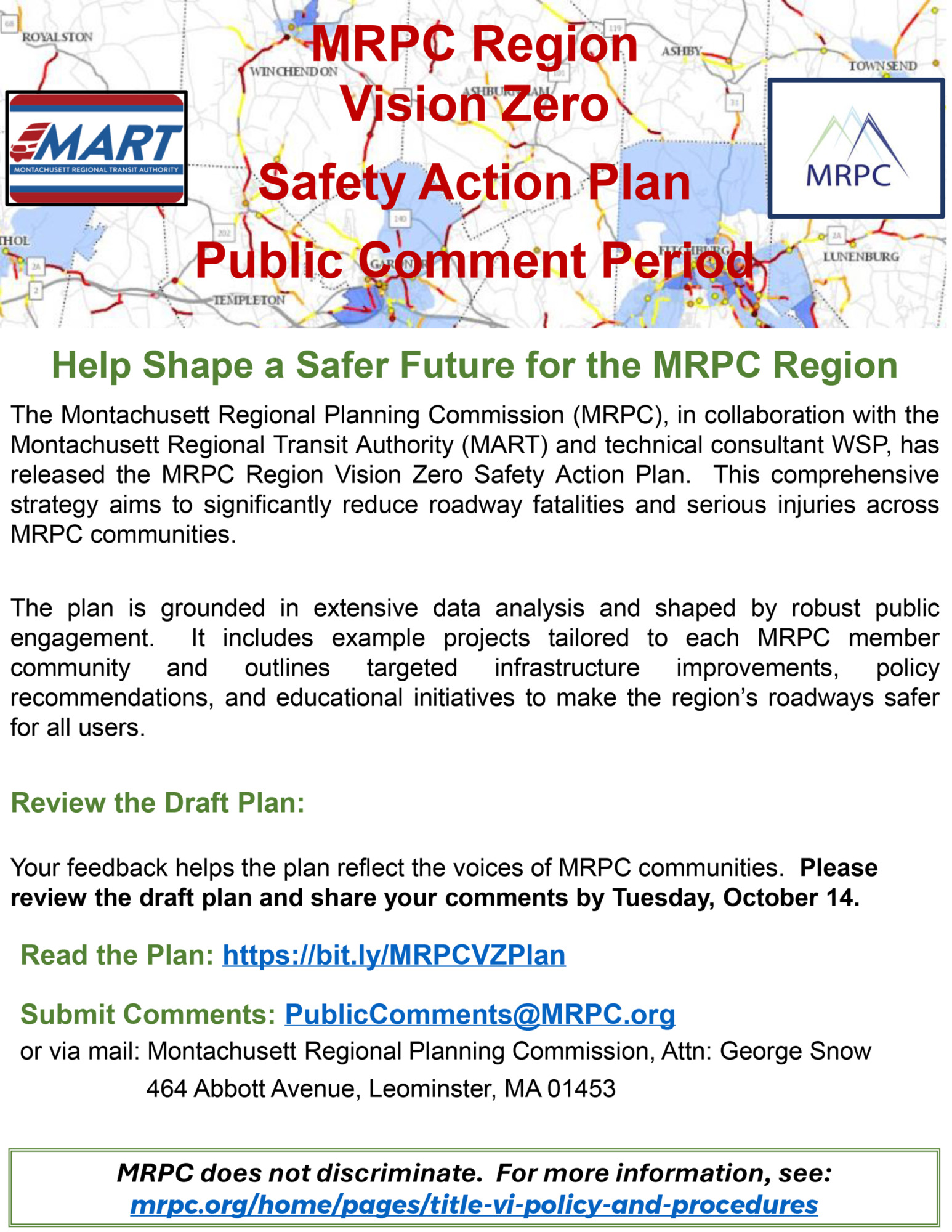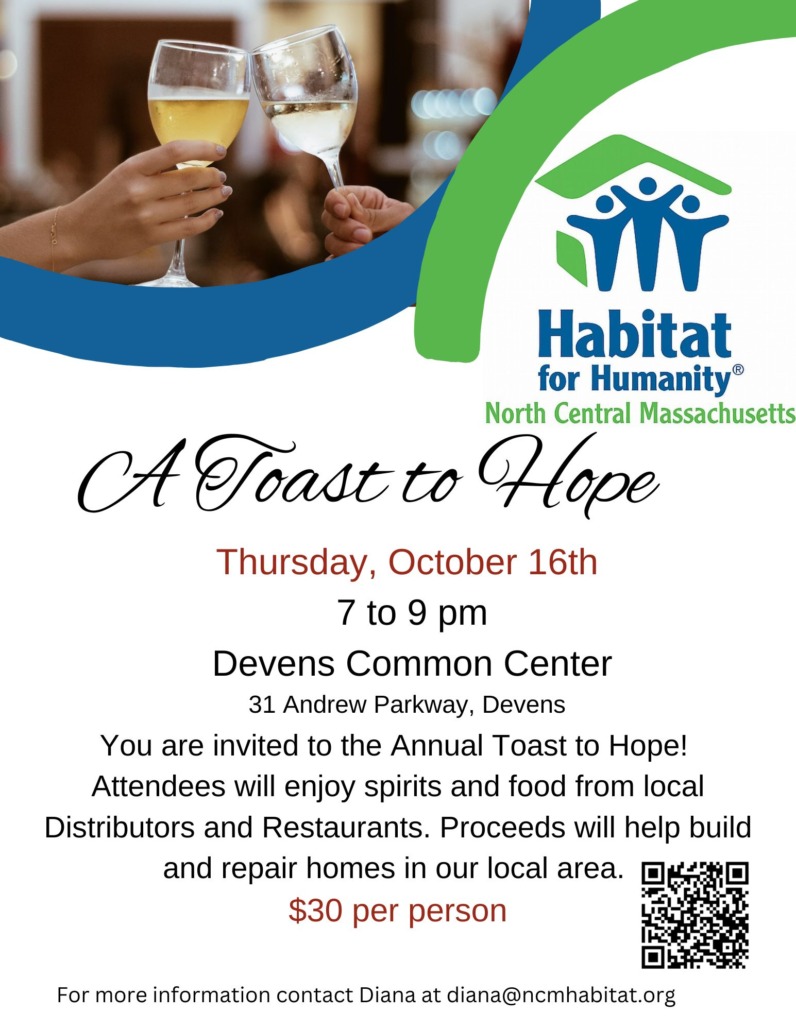Care Central VNA & Hospice, a leading provider of community-based home health, hospice, private duty, and adult day care in Central Massachusetts, will be accepting the transfer of care of patients and will be welcoming staff for employment, following the upcoming transition from Overlook VNA & Hospice.
Overlook VNA & Hospice recently announced its decision to transfer operations effective August 28, 2025. In collaboration with Overlook leadership, Care Central is coordinating a compassionate, well-structured transition of care for patients who choose to seamlessly continue with their home health & hospice services.
“Our foremost priority throughout this transition is to ensure patients and families continue to receive uninterrupted, high-quality care,” said Holly Chaffee, President and CEO of Care Central VNA & Hospice. “We are also proud to welcome members of the Overlook team who share our commitment to compassionate, community-focused care.”
Care Central has initiated onboarding efforts for Overlook clinicians and support staff, many of whom will continue serving the same patients and service areas to preserve continuity and trust. Patients and families will be personally contacted to ease the transition and provide updated information about their new Care Central care team.
“As a proud, free-standing nonprofit organization serving Central Massachusetts, we are thrilled to share a milestone moment in our history—we are doubling in size,” said Holly Chaffee, President & CEO of Care Central VNA & Hospice. “With this expansion, our service territory will reach 128 towns, welcoming 30 new communities into our care. This tremendous growth allows us to touch the lives of even more patients and families with the compassionate, high-quality care they deserve. Equally important, we are honored to welcome talented members of the Overlook team whose dedication to our mission will further strengthen our presence and amplify our impact across the nonprofit community.”
“This transition guarantees that those we have been honored to serve will continue receiving the same high-quality, compassionate care through a trusted organization that shares our values and unwavering commitment to residents and the community. By choosing Care Central VNA & Hospice, patients will not only experience continuity of care but will also be comforted by the familiar faces of staff they already know and trust,” said Tameryn Campbell of Overlook VNA & Hospice.
For more information about Care Central VNA & Hospice or to inquire about services or employment opportunities, please visit www.carecentralvna.org or call 978-632-1230.
 Come enjoy a delicious holiday luncheon at Great Wolf Lodge. Treat your staff or come with family and friends.
Come enjoy a delicious holiday luncheon at Great Wolf Lodge. Treat your staff or come with family and friends.
 Join the Boys & Girls Club of Fitchburg and Leominster for Movie Under the Stars!
Join the Boys & Girls Club of Fitchburg and Leominster for Movie Under the Stars!
 The Montachusett Regional Planning Commission (MRPC), in collaboration with the Montachusett Regional Transit Authority (MART) and technical consultant WSP, has released the MRPC Region Vision Zero Safety Action Plan. This comprehensive strategy aims to significantly reduce roadway fatalities and serious injuries across MRPC communities.
The Montachusett Regional Planning Commission (MRPC), in collaboration with the Montachusett Regional Transit Authority (MART) and technical consultant WSP, has released the MRPC Region Vision Zero Safety Action Plan. This comprehensive strategy aims to significantly reduce roadway fatalities and serious injuries across MRPC communities.


